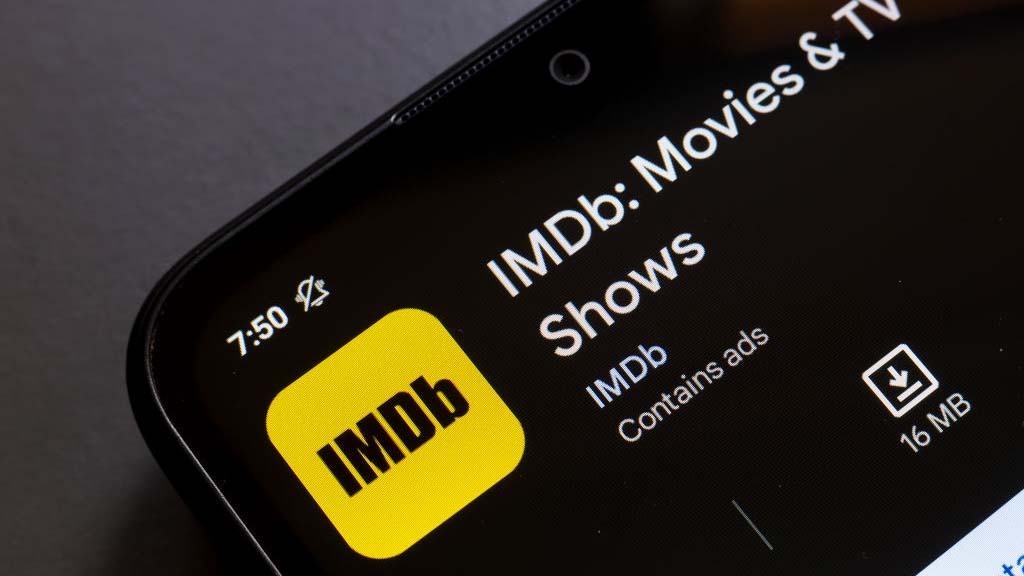Dish Announces Live TV on Southwest flights
Dish announced this week that it will offer free TV on Southwest Airlines. TV on planes isn't new but the way Southwest is getting the content to passengers is. The programming is not being piped to a seat back display, but over Wi-Fi to passengers' tablets or smartphones.
The announcement said, “In-air access to live TV, on-demand programming and Wi-Fi connectivity is delivered by Southwest's satellite-based inflight entertainment and connectivity partner, Row 44, a subsidiary of Global Eagle Entertainment, Inc.” The content is available now, which would indicate that it is being delivered over the same satellite Row 44 uses to provide Internet connectivity.
This raises the question – is the content being delivered as a conventional unicast IP stream, which seems unlikely given the bandwidth demands from a large number of passengers watching TV, or is it being sent as a multicast IP stream and converted to unicast in the plane for delivery to passengers’ devices? It is also possible the video is being sent as a conventional compressed ASI stream over the satellite and transcoded on each plane to make it available for streaming from an on-board server.
The method of delivery is interesting because similar technology could be used to make broadcast TV (either conventional or a mobile TV encrypted IP stream) available over Wi-Fi in locations such as shopping malls and subway stations where the broadcast signal isn't available.
I'd be interested in comments, or better yet a pcap file, from readers who fly Southwest and have a chance to try the service. I'll be checking it out as well the next time I'm on a Southwest flight.
The professional video industry's #1 source for news, trends and product and tech information. Sign up below.

Doug Lung is one of America's foremost authorities on broadcast RF technology. As vice president of Broadcast Technology for NBCUniversal Local, H. Douglas Lung leads NBC and Telemundo-owned stations’ RF and transmission affairs, including microwave, radars, satellite uplinks, and FCC technical filings. Beginning his career in 1976 at KSCI in Los Angeles, Lung has nearly 50 years of experience in broadcast television engineering. Beginning in 1985, he led the engineering department for what was to become the Telemundo network and station group, assisting in the design, construction and installation of the company’s broadcast and cable facilities. Other projects include work on the launch of Hawaii’s first UHF TV station, the rollout and testing of the ATSC mobile-handheld standard, and software development related to the incentive auction TV spectrum repack. A longtime columnist for TV Technology, Doug is also a regular contributor to IEEE Broadcast Technology. He is the recipient of the 2023 NAB Television Engineering Award. He also received a Tech Leadership Award from TV Tech publisher Future plc in 2021 and is a member of the IEEE Broadcast Technology Society and the Society of Broadcast Engineers.
